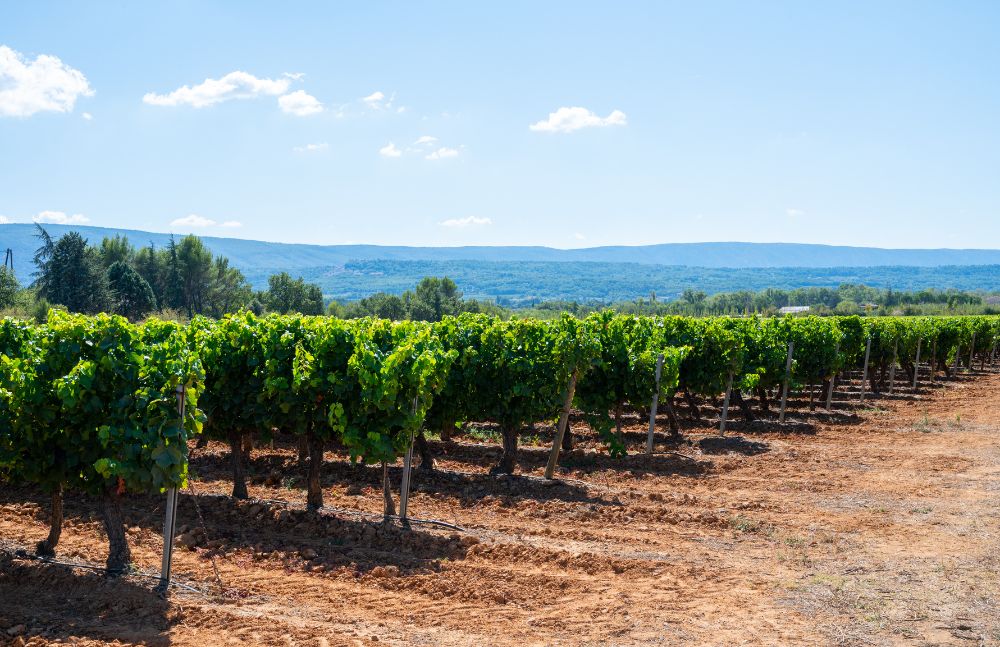Pruning in the Vineyard: An Essential Practice

Pruning occurs during the vine’s dormant phase, known as dormancy. In the Northern Hemisphere, this period starts with the leaf fall in November and ends in March with the "bleeding" of the vine. At the tips of the shoots, droplets of sap, resembling tears, emerge, hence the term "vine bleeding." There are various pruning methods, either short or long, chosen based on the grape variety, soil, climate, and local regulations.
What is a Vine?
The vine belongs to the Vitaceae family, a group of perennial plants with a vine-like morphology, encompassing 14 genera. Only the species Vitis vinifera is cultivated for table grapes, raisins, and wine production. This species is subdivided into cultivated varieties – known as grape varieties – which differ according to the regions. The vine consists of a trunk or "cep," covered by a brown bark that peels off in longitudinal strips as it ages. It branches into several long, flexible shoots. On these shoots, there are swellings called eyes or nodes, which will develop into future buds. These buds will grow into canes that can extend very quickly, up to 5 cm per day.
Why Prune the Vine?
Pruning serves several purposes:
- Ensure Grape Production: Pruning regulates the number of buds that will develop into grapes, thereby controlling the yield and quality of the harvest.
- Manage Plant Vigor: By removing certain shoots or buds, pruning helps direct the vine’s energy towards the remaining bunches, enhancing the quality of the grapes. It also prevents excessive growth that could compromise the vine's health.
- Reduce Disease Risks: Removing damaged or diseased parts of the vine minimizes the risk of spreading diseases and pests, maintaining the vine’s overall health.
- Ensure Longevity: Pruning promotes good airflow and sun exposure, which are crucial for the vine’s health and productivity.
- Prepare for Next Year’s Canes: The vine produces fruit on one-year-old shoots that grow from two-year-old wood. Therefore, pruning is planned with a two-year timeframe in mind, determining which shoots will bear grapes the following year while managing the vine’s load.
Types of Pruning
Several pruning techniques exist, varying based on grape variety, soil, climate, and local laws. Here are the two main types:
Short Pruning: This method leaves only a few buds on each shoot, promoting a more concentrated production, often resulting in higher quality grapes. It is commonly used for varieties that need fewer fruits to produce high-quality grapes.
Long Pruning: This technique retains more buds on each shoot, allowing for a larger yield. It is suitable for varieties that can handle a higher grape load and benefit from increased production.
The Pruning Process
Pruning typically begins in November after leaf drop and continues until March, when the vine starts "bleeding." At this point, sap droplets appear at the shoot tips, signaling the end of dormancy and the start of the new growing season.
During pruning, the vintner uses tools such as secateurs to remove unwanted shoots and select the most promising buds. The number of grapes per vine, known as the "load," is determined by the vine’s nature. A vigorous young vine can support a larger load than an older vine. However, the vintner also limits the number of fruits on young vines to ensure high-quality grapes.
In summary, pruning is a delicate and technical operation that requires deep knowledge of the vine and its needs. It is essential for ensuring high-quality grape production while maintaining the vine's health and longevity for future harvests.

 The Silent Wine Cellar: Your Ideal Solution for Perfect Wine Preservation
The Silent Wine Cellar: Your Ideal Solution for Perfect Wine Preservation
 The Importance of Glass in Wine Tasting
The Importance of Glass in Wine Tasting
 Investing in Wine: A Resilient Asset in 2024
Investing in Wine: A Resilient Asset in 2024
 Wine Cellar: Understanding the Different Storage Zones for Optimal Preservation
Wine Cellar: Understanding the Different Storage Zones for Optimal Preservation
 La Sommelière’s Tips for Building Your First Wine Cellar
La Sommelière’s Tips for Building Your First Wine Cellar